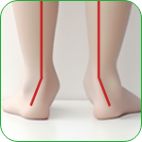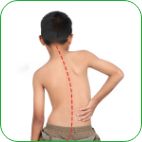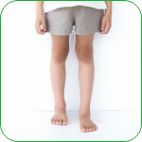Gait problems in children
Continuous abnormal gait, affecting the child's skeletal development and motor ability.
Abnormal gait causes lower limb structure and function abnormality, leading to weakened motor and balance functions, and abnormal compensations.
Incorrect gait affects children's balance, coordination, strength and endurance, resulting in instability when walking or running, increasing the risk of falls and injuries; limiting the speed and agility of movement, and slowing the development of motor skills;
causing muscle imbalance, and blocking strength and endurance, etc., thus affecting the overall skeletal development and motor functions of the child.

Affects height development

Distorted body posture

Weakened balance

Joint misalignment wear

Poor body coordination

Increase in broken feet due to falls
.















